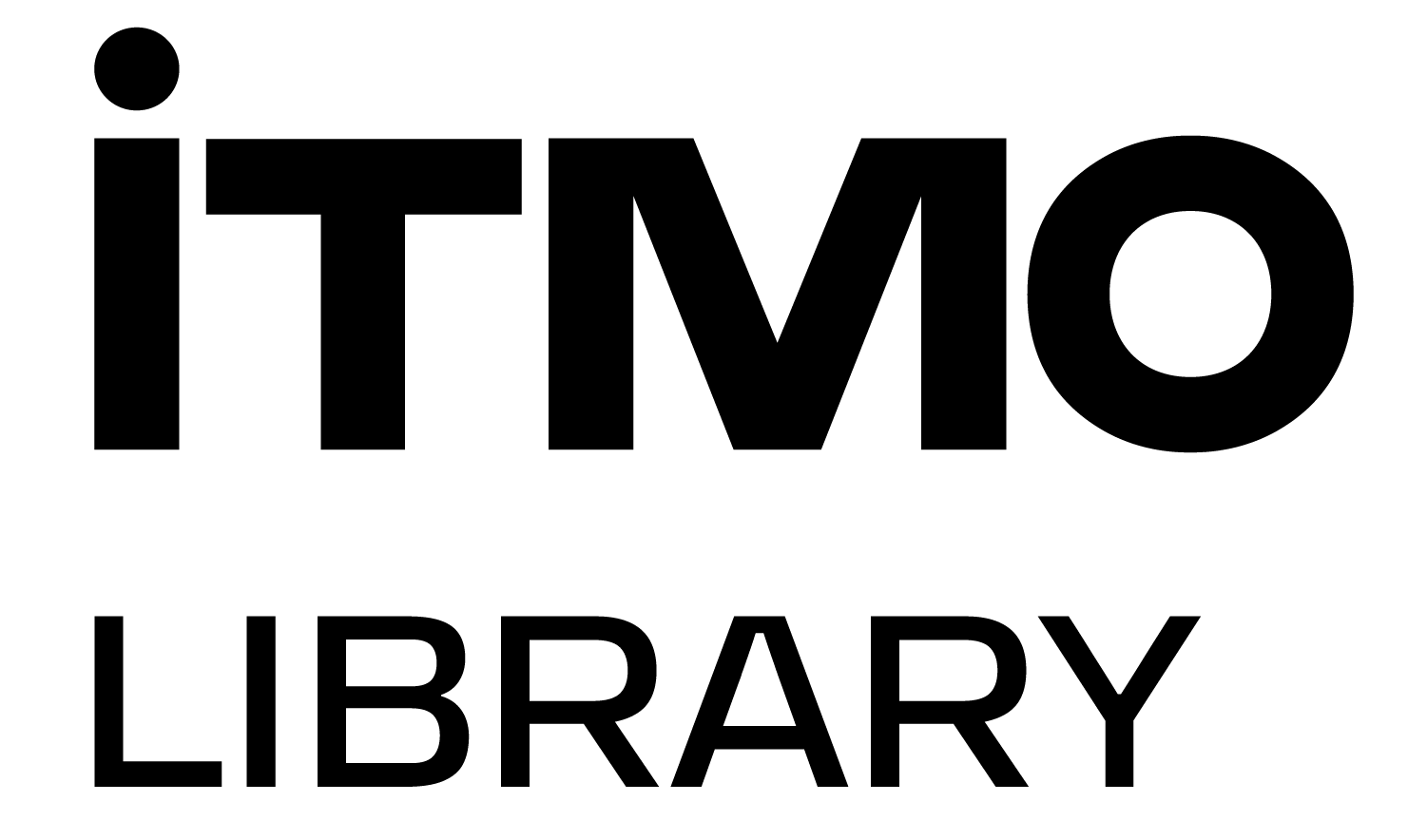DOI stands for Digital Object Identifier. According to the international standard, a unique digital code can be assigned to a digital publication on the Internet. That simplifies searching in the network among the huge array of materials.
Does every electronic document have a DOI?
No, it does not. Assigning a DOI is a paid procedure that includes several steps. The author of a research paper contracts a publisher who has the right to assign DOI. The publisher, in turn, addresses a registration agency. The largest among those agencies are CrossRef and DataCite. Thus, the paper receives its "passport".
Then, the text is checked for the data quality, plagiarism, errors, and compliance with international standards. It is mandatory for the document to be translated into English, have an abstract and the keywords. Only after that does it become recognizable in the global academic community.
What does DOI consist of?
The identifier includes a combination of letters, numbers and punctuation marks. Its structure comprises a prefix and a suffix, separated by "/". The suffixes are assigned independently by the publishers, whereas the prefixes are assigned only by the registration agencies.
The DOI always starts with the number "10". This is followed by the identifier of the copyright holder. It is normally a publisher, a data center, or a library. The suffix, on the other hand, compactly presents the main information about the document.
Example:

To summarize: in fact, a DOI is a reference to a permanent repository of a digital paper, which remains unchanged even if the original address is no longer active. To turn a DOI into a reference, all you have to do is somewhat modify it:
Where else is DOI used?
Besides a quick search for scholarly works in digital libraries and repositories, DOI allows automatic generation of bibliographic descriptions for reference lists in reference managers such as Mendeley. DOI is also required for altmetrics (tracking the digital material in the media, posts, tweets, and networks).


